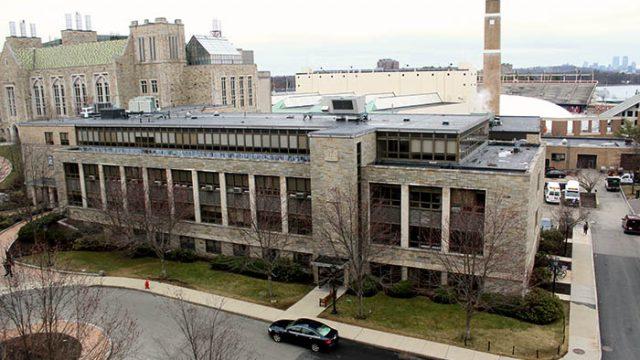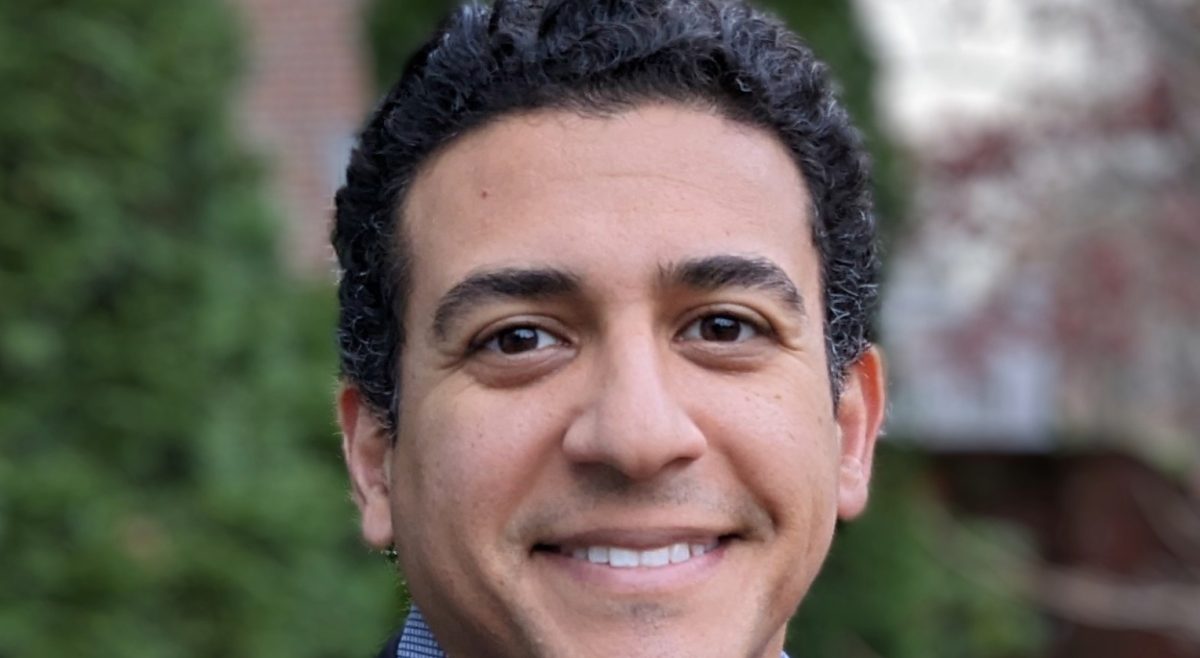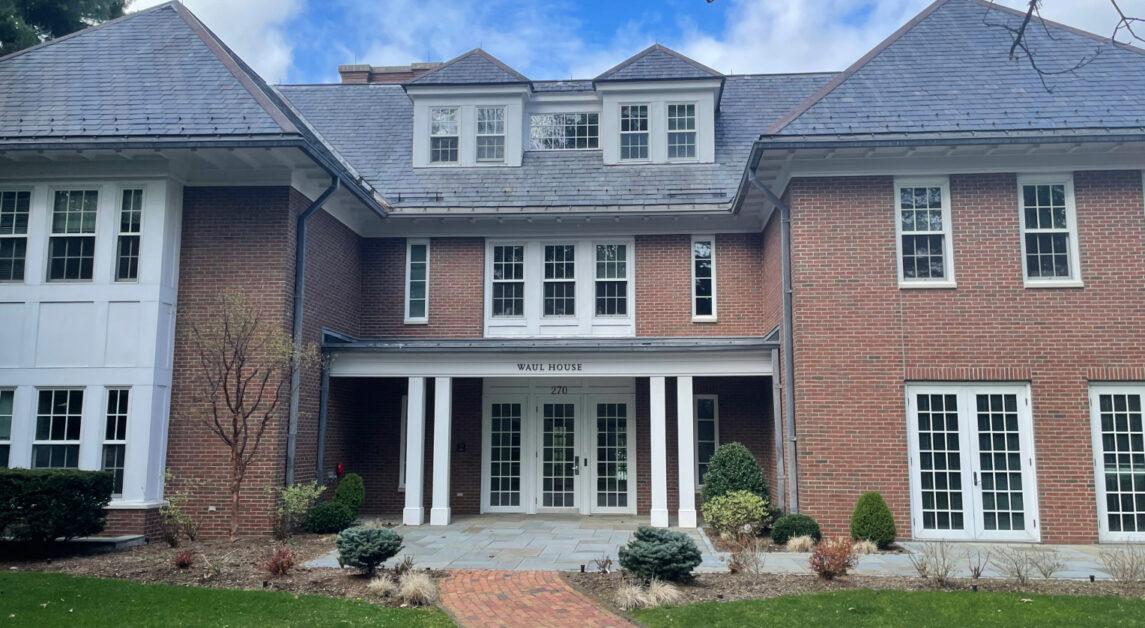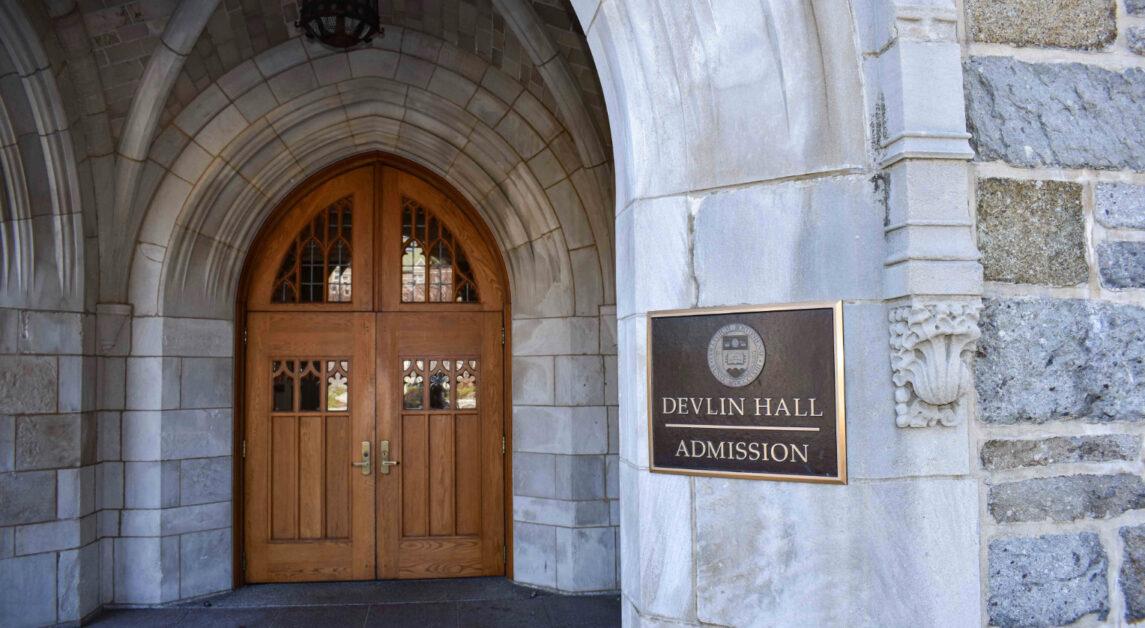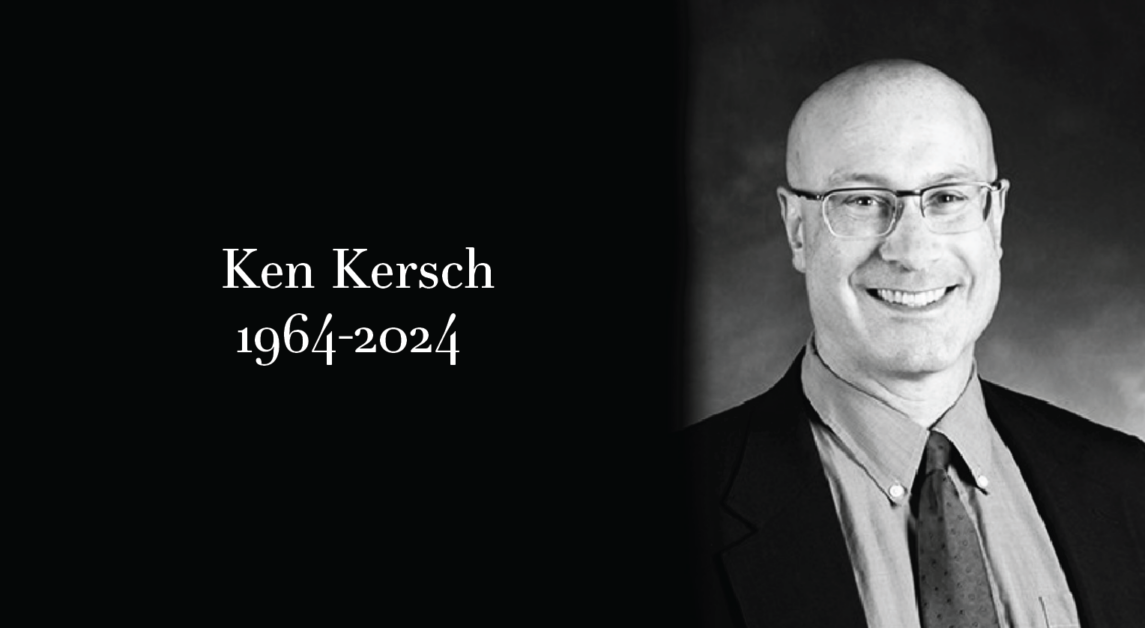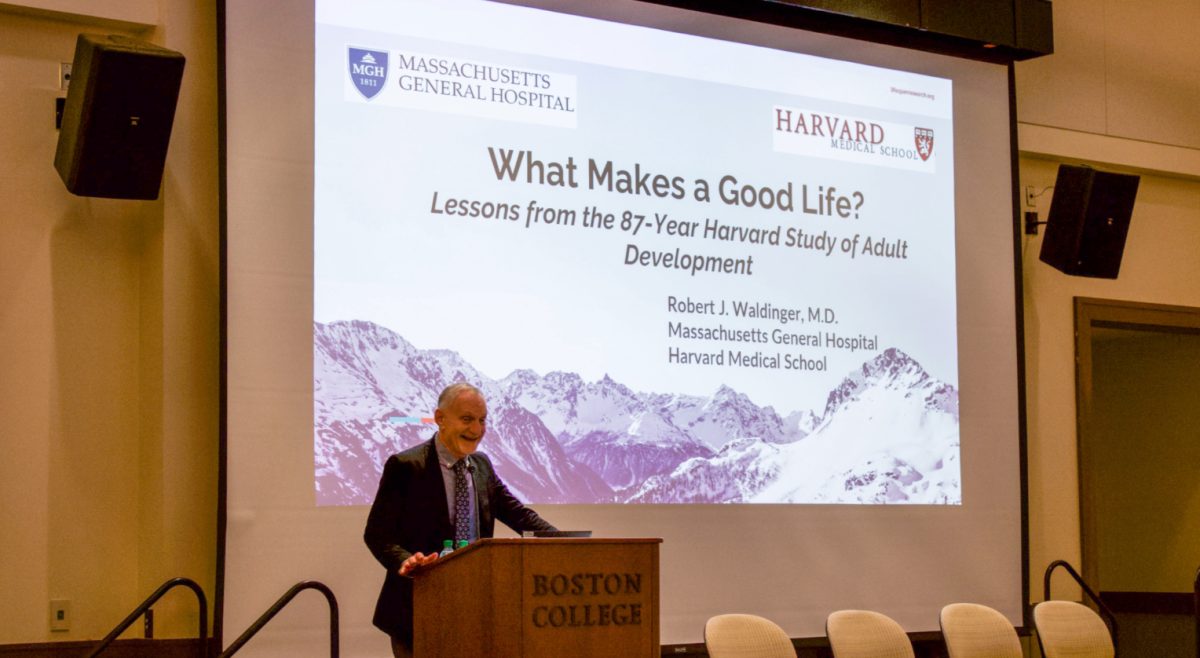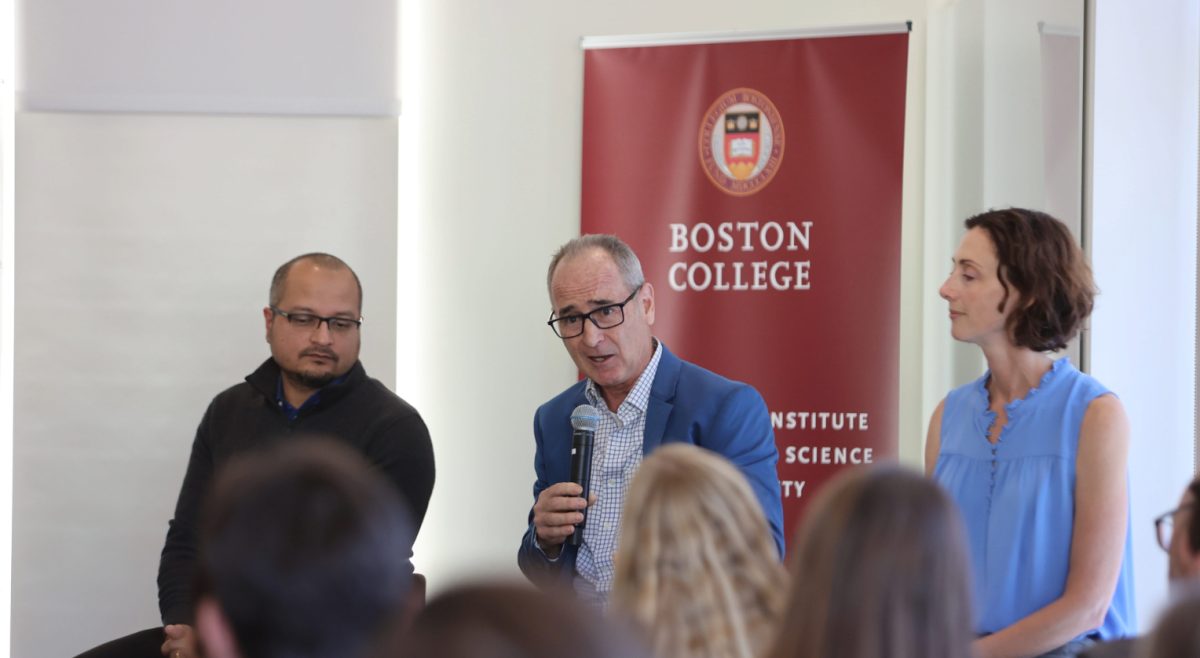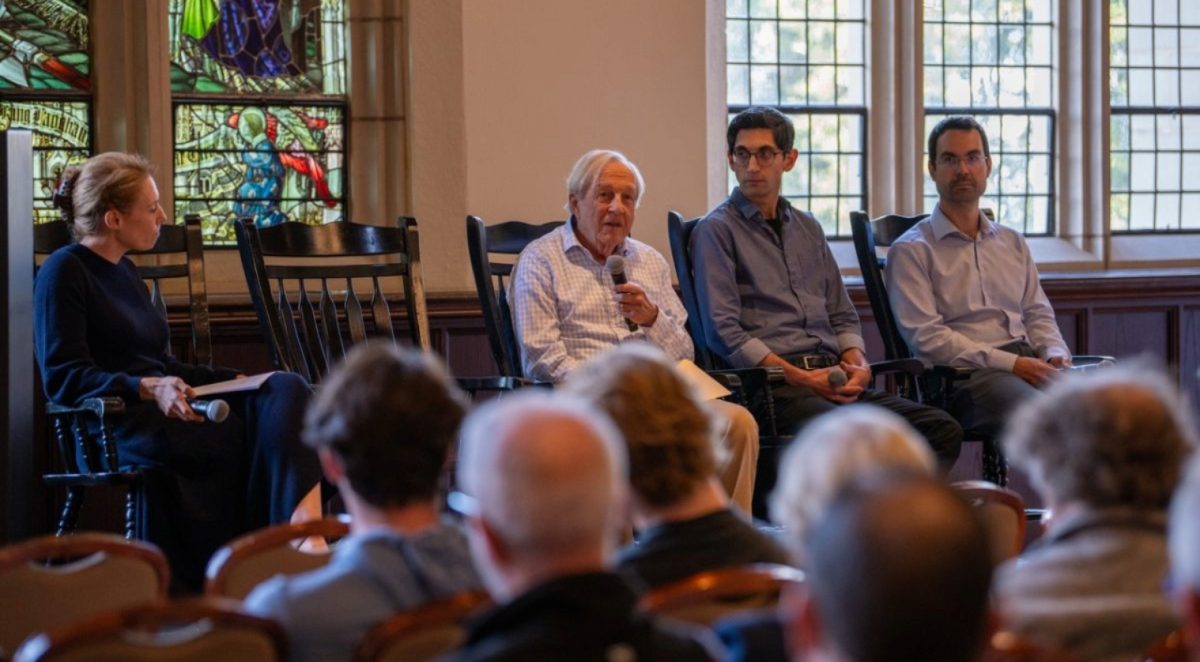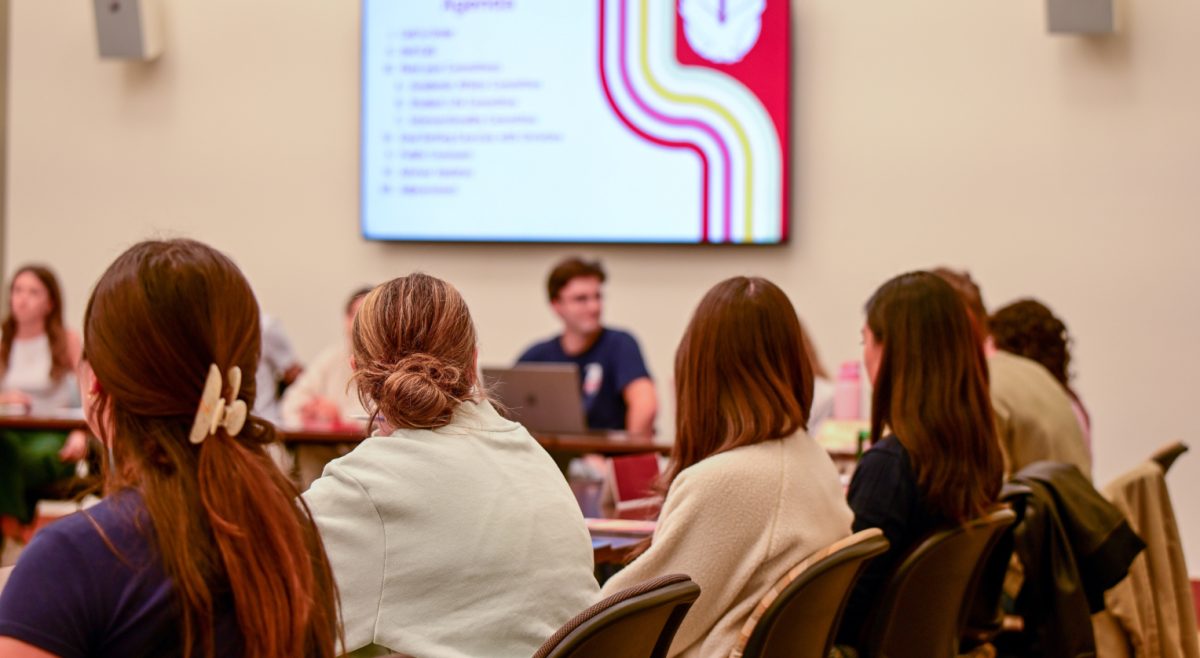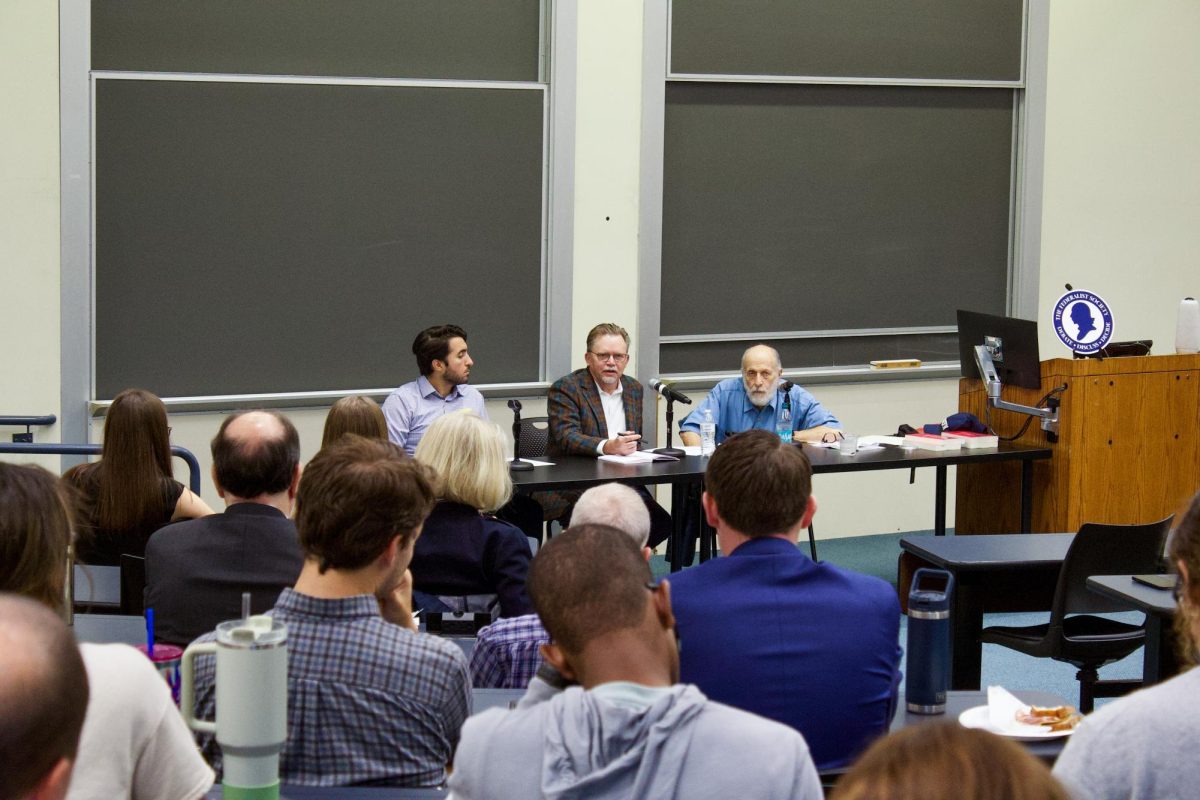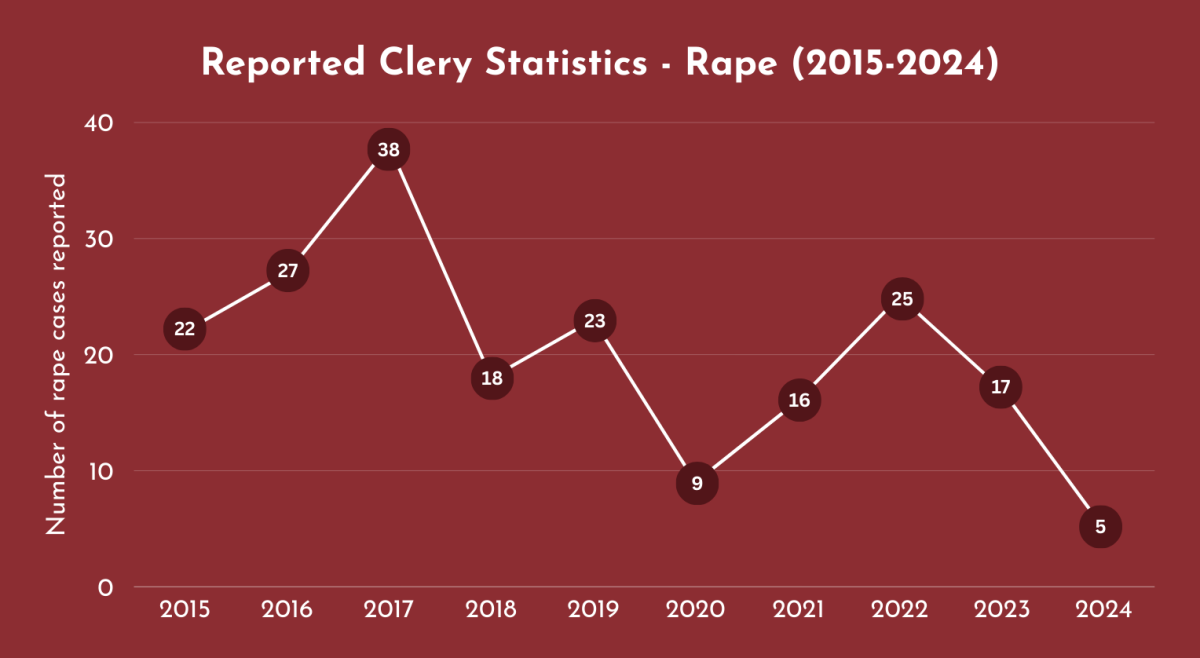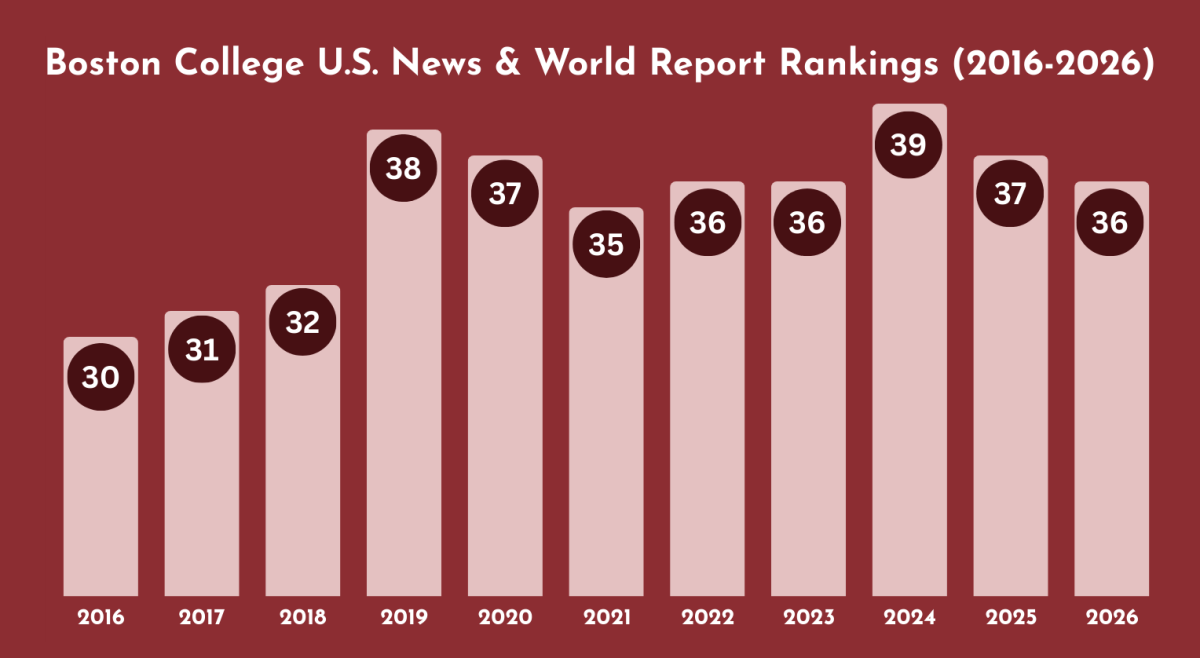Boston College has one major missing from its arsenal that is common at other universities around the U.S.: engineering.
Among the universities BC tends to compare itself to, Notre Dame, Vanderbilt, Northwestern, Tufts, Boston University, Michigan, USC, UVA, and the entire Ivy League all have an engineering program.
But BC may not be the exception to the rule for long. In April 2017, The Heights reported on University plans to construct a state-of-the-art Institute for Integrated Sciences and Society. Last November, BC announced that University Trustee and Apple Senior Vice President of Worldwide Marketing Phil Schiller, BC ’82, and his wife, Kim Gassett-Schiller, pledged a $25 million multi-year gift to the construction of the Institute, which will be named in their honor.
The Schiller Institute is part of a $300 million investment that BC plans to make in the sciences, including the hiring of 22 new faculty and new courses in applied sciences, data science, and global public health. The institute will facilitate an interdisciplinary approach to the sciences, with the goal of integrating science, entrepreneurship, and other fields to help solve global problems in health, the environment, and energy. The building itself will contain new laboratories, maker spaces—a type of collaboration room that will give students “hands-on experiences in prototyping research” according to BC’s website—and some classrooms.
Thanks to these resources, an engineering program could become a reality. Vice Provost for Research and Academic Planning Thomas Chiles told The Heights last April that the creation of an engineering program was one of the end goals for the institute, but offered no time table on when that program might come into existence. Boston College’s website Q&A with Chiles explains how the engineering program will be housed within Schiller.
“Housed within the new space will be state-of-the-art laboratories supporting integrated natural and applied science research; the Shea Center for Entrepreneurship; dynamic student maker spaces; classrooms serving students in the Core Curriculum and from across the University’s academic programs; teaching and research space for computer science; and the new engineering programming,” Chiles wrote.
To get a better sense of what it would take to introduce an engineering program to the University, parallels can be drawn between BC and Wake Forest University, which launched its engineering program for the fall 2017 semester under a liberal arts ethos similar to BC’s and may offer some hints as to how BC’s program could take shape.
There are 55 students in the initial class of engineers, and the university retained 90 percent of the class from the fall 2017 semester to the spring 2018 semester. Wake Forest’s program requires 120 credit hours: 45 in engineering classes, a combined 30 between mathematics and science, and the rest in a core curriculum with free elective options.
Olga Pierrakos, founding chair of the engineering program at Wake Forest, believes that one of the best qualities of the college’s program is that its engineering team boasts far more diversity than others do, as 40 percent of the students in the initial class are women and three of the four founding faculty members are female according to Wake’s engineering department website.
Wake Forest’s initiative was a part of a $1 billion capital campaign called “Wake Will Lead,” which targeted improvements such as an enhanced career development program, philosophy based research initiatives, and improving Wake Downtown, the buildings housing the medical center and the new engineering program.
Brett Eaton, senior associate vice president of communications and external relations at Wake Forest, explained in an email that donors have given $825 million to the campaign so far, and that it aims to reach $1 billion by 2020.
“Integrating a new engineering program into Wake Forest’s undergraduate college maintains the primacy of our liberal arts tradition, while anchoring the engineering program in the Wake Forest Innovation Quarter, a hub for research and entrepreneurial development in downtown Winston-Salem, is radically innovative,” Eaton said in an email.
According to Katie Neal, executive director of Wake Forest’s news and communications department, Wake Forest’s Innovation Quarter is one of the fastest growing innovation parks in the country. Winston-Salem, the town where Wake Forest is located, made a transition over the past several decades from tobacco and textiles into a tech and knowledge economy, and had tax credits with an expiration date available to use. Wake Forest took advantage of these factors to create a distinguished STEM-centric campus that could house an engineering program.
“[This] created an awesome opportunity for synergy with our faculty, with our students, with our researchers, and others who are on our campus,” Neal said.
Neal said that renovating the building which the engineering program now calls home amounted to $50 million, $24 million of which was covered by state tax credits. The university also invested $10 million to refashion the building as a science, teaching, and research space.
According to Neal and Pierrakos, creating an engineering program at the university is part of a conversation spanning 20 years. Pierrakos mentioned that multiple departments, the school’s administration, and undergraduates had been pushing for engineering to arrive on campus.
“I think how it finally became real for Wake Forest to get engineering here is they had done studies in the admissions office, and they realized that we’re losing out top students because they want to come to Wake Forest and do engineering, but engineering is not available to them,” Pierrakos said.
The other issue standing in the way of the university was bringing in a chair for the program who identified with the priorities Wake assigns itself: holding true to the liberal arts values that define it as an institution. As such, Pierrakos, who previously had experience founding an engineering program with a liberal arts emphasis at James Madison University alongside more practical experience during her two-year stint at the National Science Foundation, would be a perfect fit.
At the NSF, Pierrakos worked to create innovation out of the portfolio she managed, and called her work there a transformative experience—she was not looking to leave when Wake came calling with an opportunity she couldn’t pass up: engineering in a liberal arts environment at a research university. Integrating all those pieces at once is Pierrakos’ primary goal.
“What are those pieces that show equal value to both the engineering knowledge that you gain as well as that broader knowledge from humanities, from philosophy, from social science, from economics, from every other field that is critical, and how we’re able to approach it is from the lense of practice,” Pierrakos said. “So we’re building a curriculum that’s project-based and problem-based, and so when you offer authentic, real experiences to students at that learning environment, it’s very easy to connect those dots.”
An emphasis on practice and product alongside managing to balance the liberal arts education Wake Forest resonated with and worked for the vast majority of the new students.
“We very clearly sent a message to the students in how we do things: You are welcome here, and you belong here,” Pierrakos said.
Pierrakos believes that Wake Forest’s greatest challenge moving forward goes back to the initial sentiment—radical innovation—that fueled the creation of the engineering program. When she looks at other engineering programs, she notices that they can become reliant on curriculums that can become irrelevant quickly due to the rapid pace at which new innovations come out. She doesn’t want Wake to fall victim to that sort of mindset. Instead, she hopes to prioritize an idea she coins “sustaining agility,” which emphasizes staying on top of the most prevalent innovations.
In the end, though, the success of the program is dependent on blending Wake Forest’s liberal arts values within it.
“I truly believe that engineering is the ultimate liberal art,” Pierrakos said in an email. “For engineers to tackle the challenges that they will face and for those solutions to be sustainable and positively impact our societies, they truly have to embrace all facets technical, humanistic, societal, environmental, business, philosophical, ethical, political, cultural, aesthetic considerations to succeed. Our world/society truly needs ‘liberal art’ engineers to lead with character and technical acumen.”
Featured Image via Heights Archives

